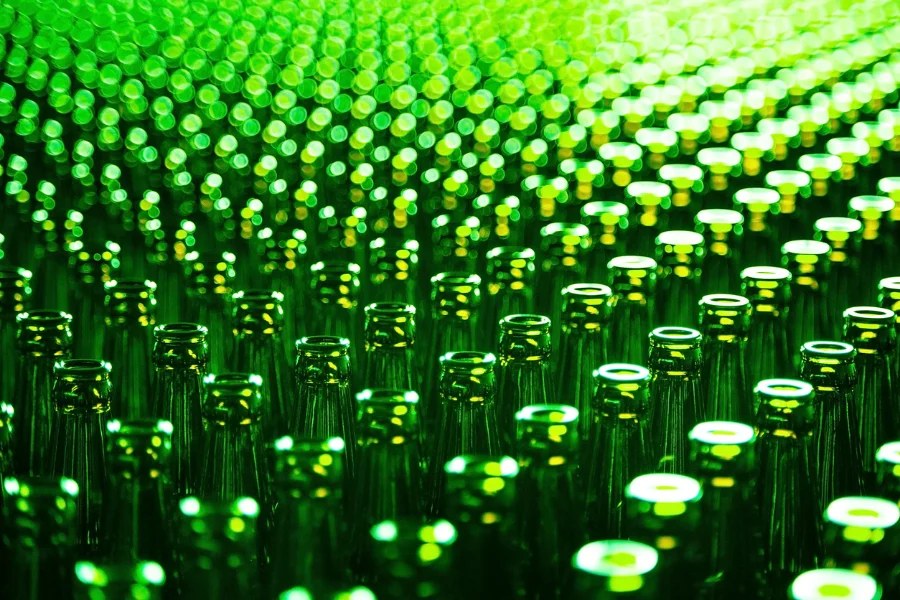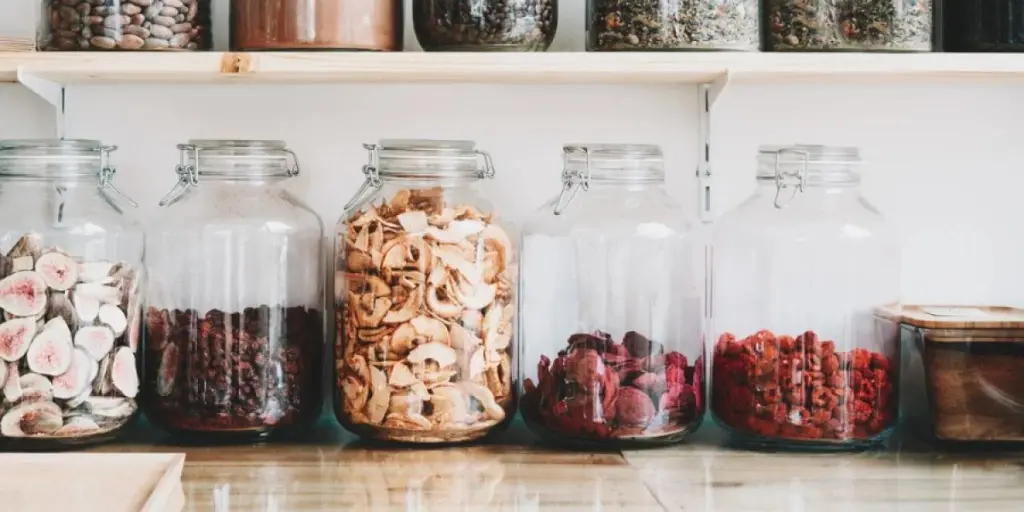Glass packaging, which includes glass bottles, jars, and containers, is widely used for the storage and preservation of products. Food & beverage, cosmetic, medicine, and chemical industries are some of the common sectors that are highly dependent on glass packaging to store products.
Choosing the ideal type of glass packaging suitable for your business can be a challenging task. This guide discusses the tips to make your glass packaging buying process easy.
Table of Contents
Glass packaging market overview
Selection tips for buying glass packaging
Types of glass packaging
Conclusion
Glass packaging market overview
In 2022, the global market size for glass packaging was valued at $55.5 billion and is projected to reach a valuation of $88.3 billion by 2032 at a CAGR of 4.5%.
The main drivers for the huge growth in the market size for glass packaging are the global increase in the consumption of beer and a large demand for glass packaging in the pharmaceutical industry.
Another contributor is an increase in the consumption of packaged food leading to high market demand for glass packaging products in the food & beverage industry.
Selection tips for buying glass packaging
Although buying glass packaging may seem easy, there is a process to make it effortless. The following are some tips businesses should follow when buying glass packaging.
Determine the purpose of the packaging
As we have seen, glass packaging is applied in many industries, and the type of glass packaging in one sector may not be the same as the one for use in another. For instance, businesses serving customers in the food & beverage industries do not use the same type of glass packaging as pharmaceutical businesses.
If the packaging is for beer companies, businesses should buy dark-colored bottles. Dark bottles assist in keeping the alcohol for a long time without spoiling.
Other industries such as beauty product manufacturers, pharmaceuticals, and industrial chemicals should acquire the right glass packaging to suit their purpose correctly.
Consider the size and shape of the packaging
Products take different shapes as they roll out of the production line in a factory. The products will also either be huge or small as intended for the final consumer. The glass packaging should therefore have the right dimensions to fit the needs of different consumers.
For instance, businesses selling glass bottles should stock them in different capacities such as half a liter, three-quarter liter, or 1 liter to fit in contents appropriately. The shape of these bottles should feature a narrow opening for thick fluids and a narrow opening for liquids that flow easily.
Glass jars to fit in solid products should also come in different sizes such as 100 grams, 500 grams, or 1 kilogram. The jars should have a wide opening to allow easy consumption and refilling of contents.
Choose the right type of glass

To favor different packaging needs, different types of glass with varying properties are used for different products. Depending on the type of glass, some packaging products offer more advantages than others. The types of glass available include type III, type II, and type I.
Type III glass or soda lime glass is less resistant to chemicals and water. It is therefore suitable for most food beverage and pharmaceutical packaging.
Type II glass, also called treated soda-lime glass, is type III glass that has been treated for use in acidic chemicals. The treatment of the glass helps the packaging products attain chemical, water, friction, breakage, and UV light resistance. Type II glass is suitable for other uses beyond acidic applications.
Type I glass, which is known as borosilicate glass or Pyrex, has a high resistance to heat and chemicals. This glass type is most common for packaging laboratory chemicals. Type I glass is durable and works best for all types of applications.
Think about the design of the packaging
Diverse packaging designs play a major role in differentiating one type of product from another. For instance, the type of glass jar for packing coffee granules is not the same as the one used for a salt shaker.
Special designs also make it easy to tell apart different brands. Some brands are mostly identifiable because of the type of packaging that houses the product.
Businesses should therefore consider stocking glass bottles and jars with unique designs to suit specific products as well as the tastes and preferences of consumers.
Consider the cost
The cost is also among the core factors when buying glass packaging as prices vary widely. Expensive glass packaging tends to offer better quality than cheaper glass packaging.
However, as that is not always the case, it is important to ascertain the quality of the glass packaging before going ahead and paying more for low-grade products.
Types of glass packaging
Here are five varieties of glass packaging available in the market:
Borosilicate glass
Borosilicate glass is also known as Pyrex. It contains a high amount of boric oxide, aluminum oxide, and alkaline earth oxide. It has the best resistance to water, heat, thermal shock, and most chemicals. Also, it is the best glass available since it works best for acidic, neutral, and alkaline substances.
Pros
– Can be used for most applications
– Is highly durable
Cons
– Is more expensive than regular glass
– Can be scratched easily
Soda-lime glass

This is a silica glass that has medium chemical and water resistance. It is cheap and can be recycled many times. It is ideal for food & beverages and medical packaging.
Pros
– Is inexpensive
– Can be recycled
Cons
– Is not resistant to thermal shock
– Is not ideal for chemicals
Tempered glass
Tempered glass is regular glass heated at high temperatures and cooled rapidly. When the glass breaks, it shatters into small cubes.
Pros
– Does not break but shatters
– Is stronger than conventional glass
Cons
– Cannot be repaired when broken
– Cannot be cut or processed after the tempering process
Laminated glass
It comprises two or more glass pieces joined together using vinyl or plastic with the application of heat.
Pros
– Sticks to the plastic when broken
– Is UV resistant
Cons
– It is expensive because of the number of materials used in the lamination process.
Biophotonic glass

This glass type, which is also called violet glass, is deeply colored and can block light. It is suitable for cosmetic packaging because it protects the contents from sunlight hence giving them a long shelf life.
Pros
– Drinking from a biophotonic bottle brings health benefits
– Protects against decomposition
Cons
– Is not suitable for food packaging
– Can be more expensive than regular glass
Conclusion
Glass has many advantages when it comes to offering a packaging option. There are also various types of glass to choose from. Businesses should acquire different types of glass packaging to suit the needs of many customers. For more information about glass packaging products, visit the glass packaging section on Alibaba.com.




